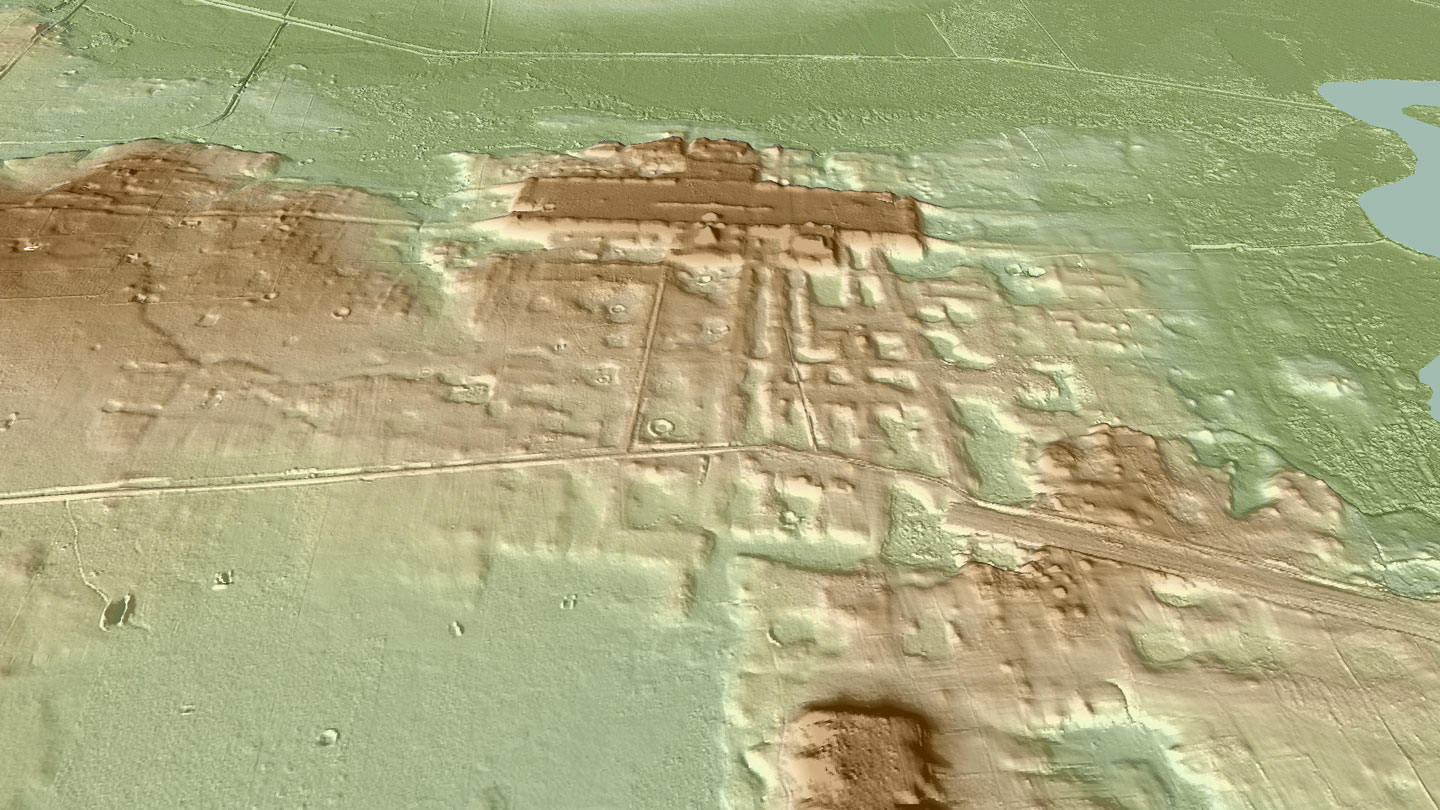Disir
Platinum Member
- Sep 30, 2011
- 28,003
- 9,607
- 910
Olmec and Maya people living along Mexico’s Gulf Coast as early as 3,100 years ago built star-aligned ceremonial centers to track important days of a 260-day calendar, a new study finds.
The oldest written evidence of this calendar, found on painted plaster mural fragments from a Maya site in Guatemala, dates to between 300 and 200 B.C., nearly a millennium later (SN: 4/13/22). But researchers have long suspected that a 260-day calendar developed hundreds of years earlier among Gulf Coast Olmec groups.
....Olmec society dates from around 3,500 to 2,400 years ago. Links between the Olmec and later Maya culture, known best for Classic-era cities and kingdoms that flourished between roughly 1,750 and 1,100 years ago, are unclear. But Classic Maya inscriptions and documents also reference the 260-day calendar.
Mobile groups in Mesoamerica, an ancient cultural region that extended from central Mexico to Central America, may have scheduled large, seasonal gatherings using the 260-day calendar long before it gained favor among Classic Maya kings, Šprajc and colleagues suggest. The same calendar may also have marked days of important agricultural activities or rituals as maize cultivation spread in Mesoamerica starting around 3,000 years ago, they add. Some Maya communities still use a 260-day calendar to organize maize cultivation and schedule agricultural rituals.

 www.sciencenews.org
www.sciencenews.org
So the 64 million dollar question is did the Mayans learn everything from the Olmec or were they sister civilizations and only some of the Olmec culture was exported.
The oldest written evidence of this calendar, found on painted plaster mural fragments from a Maya site in Guatemala, dates to between 300 and 200 B.C., nearly a millennium later (SN: 4/13/22). But researchers have long suspected that a 260-day calendar developed hundreds of years earlier among Gulf Coast Olmec groups.
....Olmec society dates from around 3,500 to 2,400 years ago. Links between the Olmec and later Maya culture, known best for Classic-era cities and kingdoms that flourished between roughly 1,750 and 1,100 years ago, are unclear. But Classic Maya inscriptions and documents also reference the 260-day calendar.
Mobile groups in Mesoamerica, an ancient cultural region that extended from central Mexico to Central America, may have scheduled large, seasonal gatherings using the 260-day calendar long before it gained favor among Classic Maya kings, Šprajc and colleagues suggest. The same calendar may also have marked days of important agricultural activities or rituals as maize cultivation spread in Mesoamerica starting around 3,000 years ago, they add. Some Maya communities still use a 260-day calendar to organize maize cultivation and schedule agricultural rituals.

Lasers reveal sites used as the Americas’ oldest known star calendars
By around 3,100 years ago, Mesoamerican ritual complexes tracked celestial cycles using a 260-day count, a huge lidar mapping project shows.
So the 64 million dollar question is did the Mayans learn everything from the Olmec or were they sister civilizations and only some of the Olmec culture was exported.
